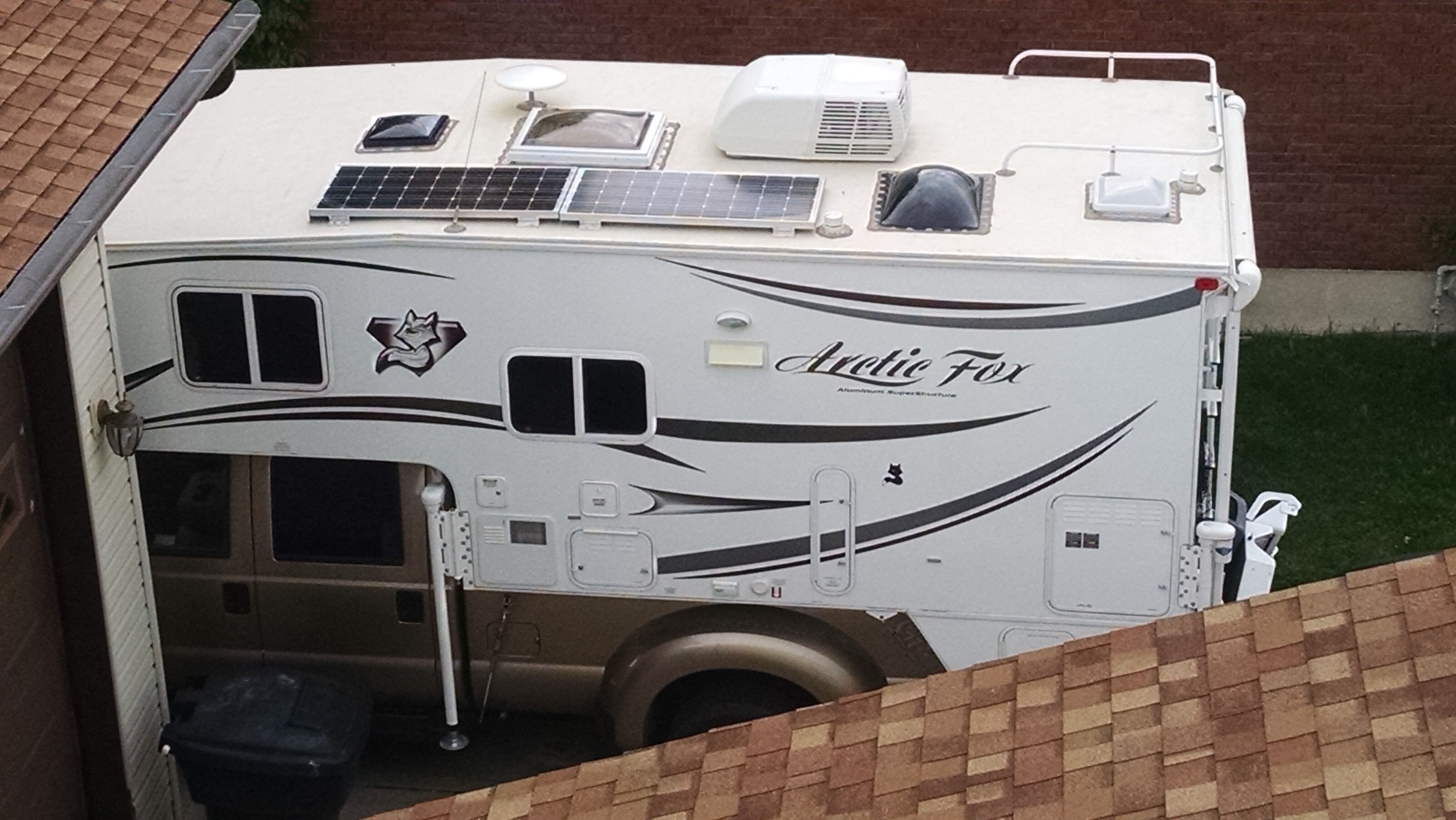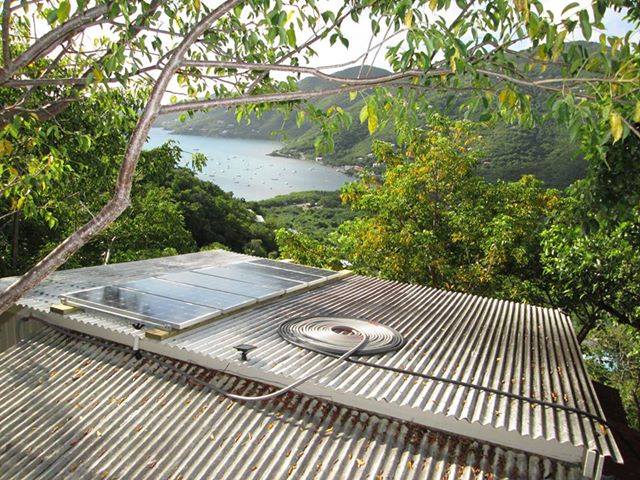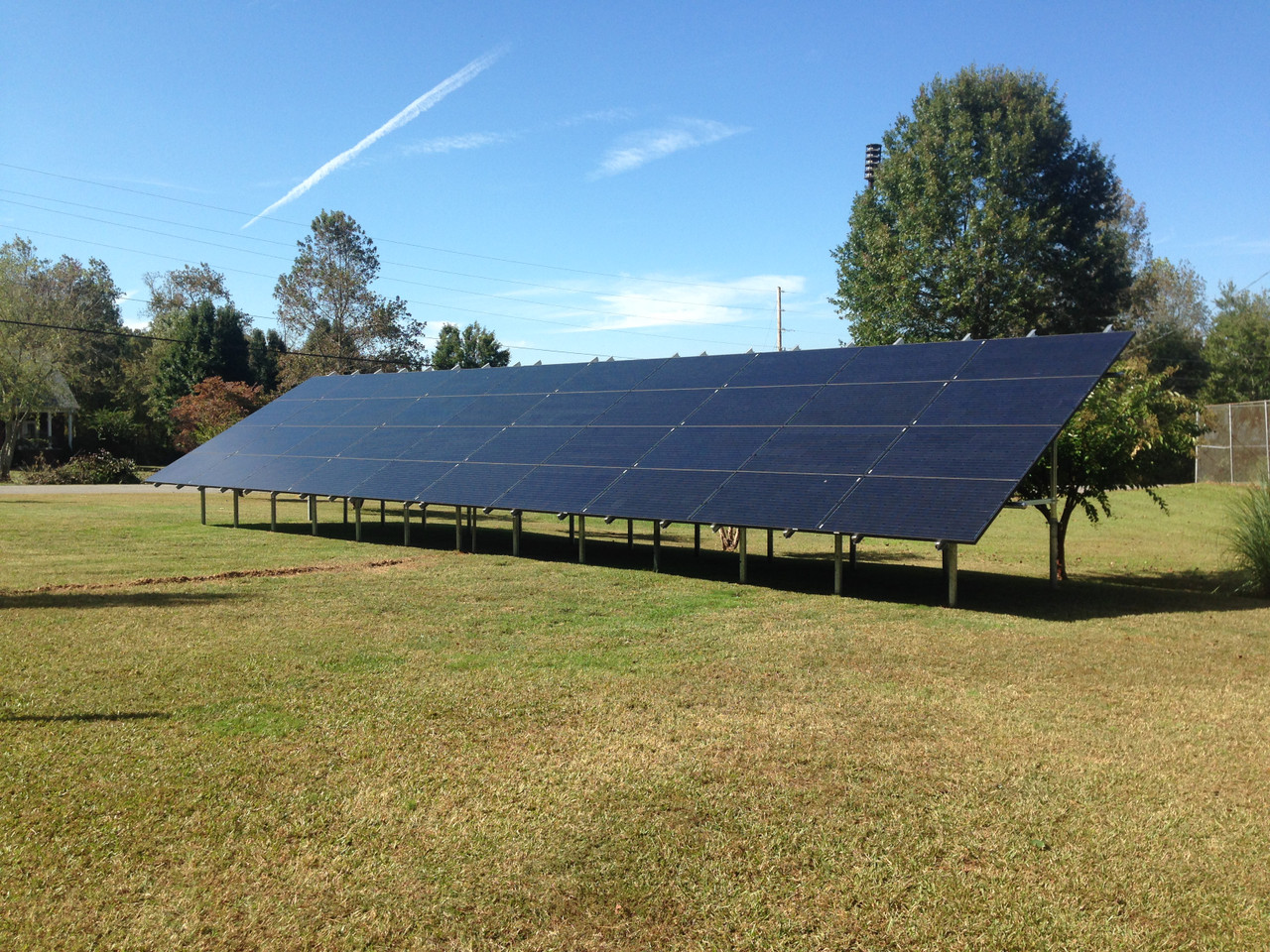What are the different types of solar power systems?————Selecting the right solar installation for your home
Grid-tied, standalone, hybrid...when you start researching potential solar installation plans these terms are quickly thrown about. What does it all mean? How many types of solar installation types are there, and which one is the best for you? Let’s break it down.
What are the three main types of solar installations?
You’re probably already familiar with the terms on-grid and off-grid solar. Indeed, those are two common solar installation types. There is also a third one: hybrid solar. Here’s what to know about each of the types.
Off-grid solar systems (stand-alone power systems)
Off-grid systems utilize batteries to store energy collected by solar panels. If you live in a remote area without reliable and affordable access to the grid, off-grid solar can be a great way to meet your energy needs. Systems must be sized and designed to fit a variety of needs throughout the year, especially in the winter when there are fewer sunlight hours.

Who should install off-grid solar systems?
Off-grid solar is ideal for those who:
- Live in a tiny home, cabin, RV, boat, or remote area
- Want to be energy independent and stop paying money to the utility
- Are concerned about having access to power during a blackout
- Want to live sustainably and lower their carbon-footprint
- Live in an area without reliable, steady access to power from the grid
What should I buy for an off-grid system?
The key components of off-grid solar installations include solar panels, a charge controller, a battery bank, an inverter, cables, and mounting hardware.
Solar panels, which are made up of many solar cells made of silicon, create an electric current when sunlight hits the panels, they create an electric current. The current collected by solar panels feeds into a charge controller, which controls how much current goes to the battery. Charge controllers prevent batteries from being overcharged. Your battery bank will store and produce DC power. In order to use AC appliances, such as microwaves, laptops, and phone chargers, an inverter is connected to change the power from DC into usable AC.
You’ll want to pay attention to the battery bank you purchase for an off-grid system because you’re reyling solely on your own energy collection. We recommend purchasing the highly efficient and advanced lithium iron phosphate batteries. Lithium iron phosphate batteries are compact and lightweight, have an extremely long cycle life, and high discharge and recharge rates. They also require little to no maintenance.
Lithium batteries have the best cycle life of deep cycle batteries, offering approximately 2000 cycles at 100% DoD (depth of discharge.) Lithium batteries typically have a lifespan of at least 10 years and lose less capacity when idle. This is especially useful in cases where solar energy is only used occasionally.
What are some important considerations for off-grid solar?
Benefits of off-grid solar systems include having access to power during a blackout, making a lower carbon footprint, and putting an end to monthly utility bills. For those living in a tiny home, RV, cabin, boat, or isolated area or are in an area where they don’t have reliable, steady access to power from the grid, off-grid solar can be a great solution.
It’s especially important to properly size your system and make sure you’re investing in high quality and efficient components. To size your system, we recommend using the Renogy solar panel calculator.
On-grid systems (grid-tie solar systems)
On-grid systems are the most common and widely used systems. You do not need battery storage and can simply use energy from your panels when they are producing. Then, when your panels aren’t producing power, such as at night or when it’s too overcast, you can tap into the grid. Excess solar that’s produced is often credited to your utility’s account with a mechanism known as net metering. Then you can use that power at night without paying extra.
If you’re in an area with access to the grid, staying on-grid can be the way to go. Staying on-grid gives you the ability to take advantage of steady access to electricity from the grid and save money by using solar panels to supplement your energy production. Because you’re using energy from multiple sources, this means you’ll be able to meet your energy needs with a smaller, cheaper system.
Who should install on-grid solar systems?
On-grid solar is ideal for those who:
- Want to save money on their utility bills without having to install a massive system
- Are living in areas where they may not have enough regular sunshine to rely solely on solar
- Have limited space or funds to build a system to cover 100% of their energy needs
What should I buy for an on-grid system?
The key components of on-grid solar installations is similar to an off-grid installation including solar panels, a charge controller, an inverter, cables, and mounting hardware. On-grid systems will also include an array disconnect (to disconnect the solar arrays from the home for maintenance), power meter (to measure the amount of power used from the grid), and breaker panel (to prevent the appliances on a circuit from drawing too much electricity).
What are some important considerations for on-grid solar?
In a grid-tied system, your installation will not work if there’s a blackout or outage. This is because it would be dangerous for your system to be pushing energy into the grid when workers may be out trying to make repairs. Additionally, if you live in a remote or undeveloped area, on-grid solar may not even be an option for you.
Many jurisdictions require that your on-grid system is installed by a licensed contractor because you will be connected to the grid. Be sure to look up the rules and regulations in your area.
On-grid systems with battery storage (hybrid)
With the decreasing costs of batteries, more and more people are choosing to add battery storage to their on-grid projects to be able to take advantage of the benefits of both on- and off-grid systems, such as having energy access during blackouts and having to pay for less energy from the grid.

Who should install on-grid solar system with battery storage?
Hybrid solar is ideal for those who:
- Have steady and reliable access to the grid
- Have limited space or funds to build a system to cover 100% of their energy needs
- Want to have access to back-up power in case of outages
What should I buy for an on-grid system with battery storage?
The key components of an on-grid system with battery storage is similar to an on-grid system. It will typically include solar panels, a charge controller, a battery bank, an inverter, cables, array disconnect, power meter, breaker panel, and mounting hardware.
What kind of battery should I purchase?
Again, we recommend the highly efficient lithium iron phosphate batteries for your battery bank in a hybrid solar installation. Lithium iron phosphate batteries are compact, have an extremely long cycle life, and require little to no maintenance.
What are some important considerations for on-grid solar systems with battery storage?
Adding a battery bank to your grid-tied solar installation means you’ll be able to take advantage of the reliability and energy access of the grid, while still taking advantage of the cost-saving benefits of going solar. Because you have that battery bank, you will be able to use that energy you have already stored and collected in case there’s a blackout.
Conclusion
With the wealth of different solar system options, advancing technology, and decreasing costs of equipment, there’s never been a better time to go solar. If you’re wanting to live a more sustainable and energy independent lifestyle, there’s a good chance there is a solar system type that is perfect for you.






